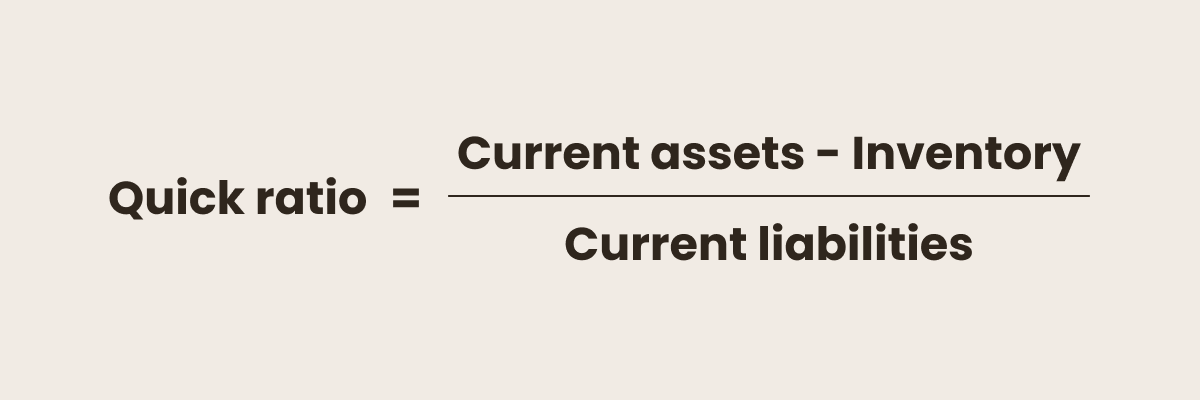Ranking market liquidity
We can divide all types of assets into three broad categories based on their liquidity.
High liquidity:
Cash and cash equivalents: the most liquid asset, because you don’t need to convert it to use it. Also there is no risk of losing value when it is used.
Stocks of large companies like Apple or Amazon — you can usually trade them easily on the stock exchange because buyers and sellers are almost always available.
You can also quickly sell government bonds on the market, since they are bonds issued by stable governments (e.g. U.S. Treasury bonds). Investors often consider them safe havens in financial markets, and they are widely traded and trusted.
Medium liquidity:
Corporate bonds are less liquid than government bonds because there is lower demand for them. Liquidity also depends on the company’s creditworthiness and market conditions. For instance, bonds from an S&P 500 company are relatively easy to sell, but those from smaller companies might take more time.
Small-cap or less popular stocks can be harder to sell because fewer people trade them.
Commodities’ liquidity varies depending on the market's activity. Commodities like gold or silver are more liquid, while physical commodities like oil require additional logistics and paperwork, which lowers their liquidity.
Low liquidity:
Real estate or collectibles: real estate transactions require time to find buyers, negotiate prices, and complete paperwork. Sometimes you will have to drop the price significantly to close the deal quickly, and prices can fluctuate significantly based on market conditions and location. Rare collectibles like an authentic work by Picasso can take time to find a buyer and agree on a price.
In the case of private equity and venture capital investments, it is harder to find a buyer. These investments are in privately held companies and there’s no public market for quick trading.
Key factor: asset liquidity depends on trading volume, market depth, market transparency, and the spread between the buy and sell price. The faster a transaction can be made, the higher the liquidity of the asset.
Impact of liquidity
Liquidity plays an important role for individual investors, companies, industries, governments and for the economy as a whole.
For example, an individual might need to sell their car quickly to pay an emergency bill (asset-level liquidity). A company makes sure it can pay employees on time (accounting liquidity). A government manages cash reserves during an economic downturn to fund public services (market and sector-level liquidity).
Here are the main aspects that liquidity can influence.
Asset prices
Assets with high liquidity, such as stocks of large companies or popular cryptocurrencies, tend to have more stable prices. Due to high trading volume, the price of an asset changes slowly and you can usually sell or buy it at a price close to the market price.
By contrast, assets with low liquidity (e.g. real estate or rare cryptocurrencies) can fluctuate greatly in price due to the limited number of buyers or sellers.
Risks
High liquidity also reduces risks. If you buy or sell easily then you can be sure that you won’t lose significantly when market conditions change.
However, low liquidity increases risks: when an asset being held for a long time becomes problematic, investors may face large losses, especially during market volatility if an asset takes time to sell.
Investing abilities
With high liquidity comes greater flexibility. It is easy to enter and exit trades, allowing them to react quickly to market changes and adjust investment strategies (which also reduces risks).
Owning a lot of illiquid assets can limit your ability to invest. You may be unable to sell assets quickly when you need to, and miss out on the opportunity to take advantage of more favorable market conditions.
Financial stability
High liquidity contributes to the stability of the financial system as a whole. It supports a healthy economy and reduces the risk of economic crises. But when assets cannot be sold quickly, it can lead to a lack of liquidity in the market and cause economic problems and instability.
Credit availability
High liquidity facilitates access to credit. When banks and financial institutions can sell assets quickly or provide liquidity, they are willing to lend and borrow. However, when assets or securities are difficult to sell, lending can be limited because financial institutions will be less willing to lend.
Summary
Liquidity is crucial to financial stability. It influences decisions at every level, from individuals managing personal finances, to businesses and investors navigating markets. By understanding different types of liquidity, and how it is measured, a person or a company can make informed decisions to optimize resources, reduce risks, and make the most of opportunities.



